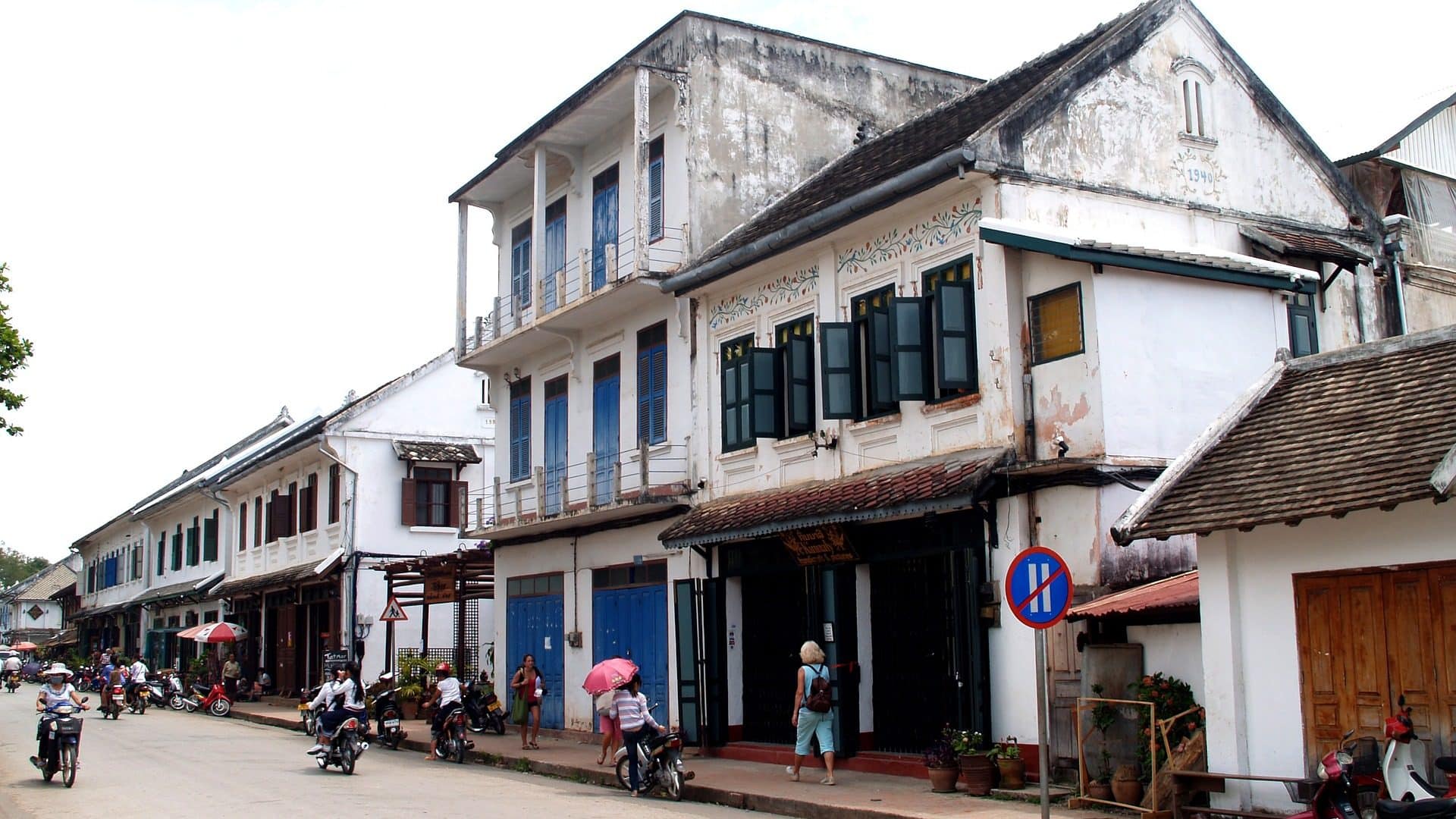If you’re planning a trip to Southeast Asia, you might be wondering whether to visit Laos or Vietnam. Both countries are neighboring nations with rich cultures, stunning landscapes, and unique traditions. While they share similarities, there are also significant differences that make each country stand out. This article will explore the key distinctions between Laos and Vietnam, helping you decide which destination is right for you.
Understanding the Cultural and Social Differences
One of the most noticeable differences between Laos and Vietnam lies in their cultural practices and social norms. For example, the way people eat and interact with each other varies significantly. In Vietnam, rice is a staple food, and meals are often eaten with chopsticks. On the other hand, Lao people typically eat sticky rice, and it’s common to eat with your hands. This difference reflects the distinct culinary traditions of each country.
Another cultural contrast is seen in traditional clothing. In Vietnam, the Ao Dai is a symbol of elegance and tradition, especially among women. The flowing garment is often worn during special occasions. In contrast, the Sinh is a traditional dress in Laos, characterized by its long, flowing fabric and intricate patterns. These garments not only reflect the fashion of each country but also their historical and cultural heritage.
Traffic and Transportation: A Tale of Two Nations

The way people travel in Laos and Vietnam is another area where the two countries differ. In Vietnam, traffic can be chaotic, with motorbikes and scooters dominating the roads. Honking is common, and drivers often ignore traffic signals. This makes navigating the streets of cities like Hanoi or Ho Chi Minh City a challenge for visitors.
In Laos, the transportation system is more relaxed. Tuk-tuks are a popular mode of transport, especially in cities like Luang Prabang and Vientiane. While traffic is not as dense as in Vietnam, road conditions can still be unpredictable, especially outside major cities. If you’re planning to drive, it’s best to avoid night travel due to poor lighting on many roads.
Economic and Developmental Differences

Vietnam has a more developed economy compared to Laos. It is larger in size and has a much higher population. Over the past few decades, Vietnam has experienced rapid economic growth, leading to a diverse range of industries and modern infrastructure. This development is evident in its cities, where high-rise buildings, international hotels, and well-maintained roads are common.
Laos, on the other hand, is one of the least developed economies in the region. Its economy relies heavily on agriculture and tourism. While the tourism sector is growing, it is not as advanced as Vietnam’s. Accommodation options in Laos are more limited, especially in remote areas. However, this also means that Laos offers a more authentic and less commercialized experience for travelers.
Safety and Travel Considerations
Both Laos and Vietnam are generally safe for tourists, but there are some differences to consider. In Laos, the biggest safety concern is traffic accidents. Road rules are not always strictly followed, so caution is necessary when using public transportation or driving.
In Vietnam, while violent crime against tourists is rare, petty theft can occur in crowded areas. It’s advisable to keep an eye on your belongings in places like markets and tourist hotspots. Additionally, traffic in major cities can be overwhelming, so it’s important to stay alert when crossing the street.
Visa and Entry Requirements
Getting a visa to visit Laos and Vietnam is relatively straightforward. Laos offers visa on arrival for many nationalities, and e-visas are also available. The process is simple, and visas are usually valid for 30 days, with the option to extend if needed.
Vietnam also allows visa on arrival for certain nationalities, but it requires an approval letter from a local tour operator. Alternatively, an e-visa can be applied for online, which is valid for 90 days. For short visits to Phu Quoc Island, no visa is required for some nationalities.
Tourism and Travel Experiences
Tourism in Vietnam is more developed than in Laos. The country has a wide range of attractions, including UNESCO World Heritage Sites like Ha Long Bay and Hoi An Ancient Town. Cities such as Hanoi, Da Nang, and Ho Chi Minh City offer a mix of history, culture, and modernity.
In contrast, Laos is known for its natural beauty and slower pace of life. The Mekong River, caves, and mountainous landscapes are major attractions. While there are fewer tourist facilities, this gives Laos a more authentic and tranquil experience. Popular destinations include Luang Prabang, Vientiane, and Vang Vieng.
Cost of Travel
Traveling in Laos is generally cheaper than in Vietnam. Accommodations, food, and transportation are more affordable, making it a budget-friendly destination. A week-long trip to Laos can cost less than $200 for one person, while a similar trip to Vietnam may cost up to $300.
This difference in cost is partly due to the lower level of development in Laos. However, it also means that travelers can enjoy a more relaxed and immersive experience without breaking the bank.
Climate and Best Time to Visit
Both Laos and Vietnam have similar climates, with wet and dry seasons affecting travel plans. The best time to visit both countries is during the dry season, which runs from November to April. During this period, the weather is pleasant, with clear skies and minimal rainfall.
In Vietnam, the best time to visit depends on the region. Northern areas like Hanoi and Sapa are best visited between February and May, while central regions like Da Nang and Nha Trang are ideal from February to May. Southern regions such as Ho Chi Minh City and the Mekong Delta are best explored between December and March.
For Laos, the dry season from November to April is the best time to travel. If you want the most comfortable weather, visit between December and February when temperatures are milder.
Food and Culinary Experiences
Both countries have unique cuisines that reflect their cultural influences. In Vietnam, food is a big part of the culture, with dishes like pho, banh mi, and spring rolls being popular. Street food is widely available, and the variety of flavors is impressive.
In Laos, the cuisine is simpler and lighter, with dishes often featuring spicy, sour, and sweet flavors. Local specialties include laap (a minced meat salad) and grilled fish. Beer Lao is a popular drink, known for its quality and affordability.
Final Thoughts: Which Country Is Right for You?
Laos and Vietnam each offer a unique travel experience. Vietnam is ideal for those who enjoy bustling cities, vibrant culture, and a wide range of activities. Laos, on the other hand, is perfect for travelers looking for a more relaxed, natural, and authentic adventure.
If you’re interested in exploring both countries, a combined trip could be the best choice. You can experience the excitement of Vietnam’s cities and then unwind in the peaceful landscapes of Laos. This way, you get the best of both worlds.
Whether you choose to visit Laos, Vietnam, or both, you’re sure to have an unforgettable journey through Southeast Asia. Each country has its own charm, and the decision ultimately comes down to your personal preferences and travel style.


















